Young men sat under one of the few acacia trees that bordered the Lenkima Primary School. Deep in the territory controlled by the Turkana community, these Samburu Morans (warriors) seemed tense and tightly grouped together. Meanwhile, passing villagers, keeping their distance, came to me to ask in a barely intelligible mix of Turkana and Swahili, “are those really Samburu Morans?”
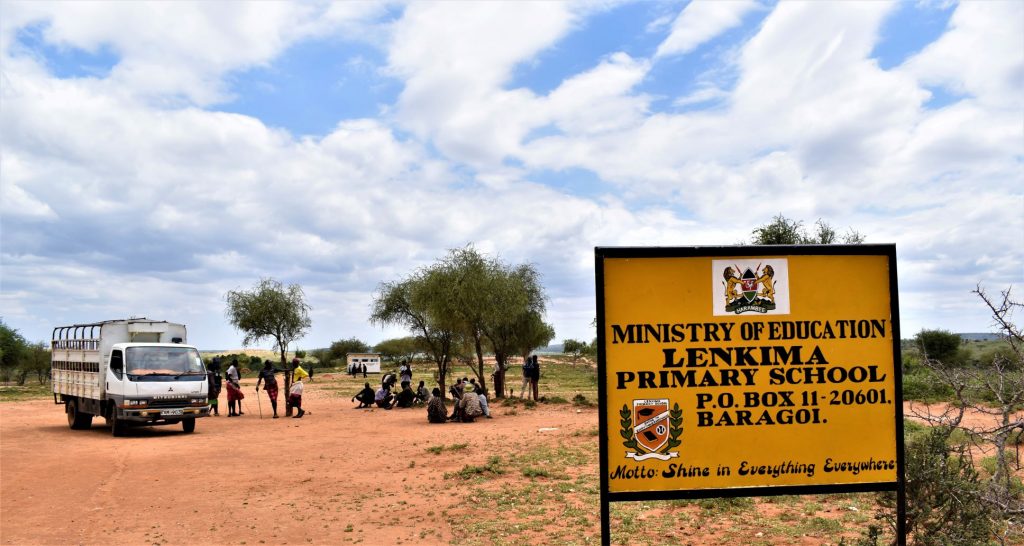
Children Peace Initiative Kenya arrived in Baragoi over a week earlier for the Baragoi Holiday Peace Exchange in Nachola village. Finishing this portion of the program at the end of the previous week, the following week was dedicated to meetings of Wazee (elders) and Morans (warriors).
Prior to the meeting of the Morans, the meeting of the Wazee was held in Ngilai (a Samburu village). This meeting was a surprising success. Never having been facilitated by CPI Kenya in previous programs, the team was nervous about turn-out. However, the context and history of the conflict worked in our favor in bringing the two communities, made up of six villages, together.
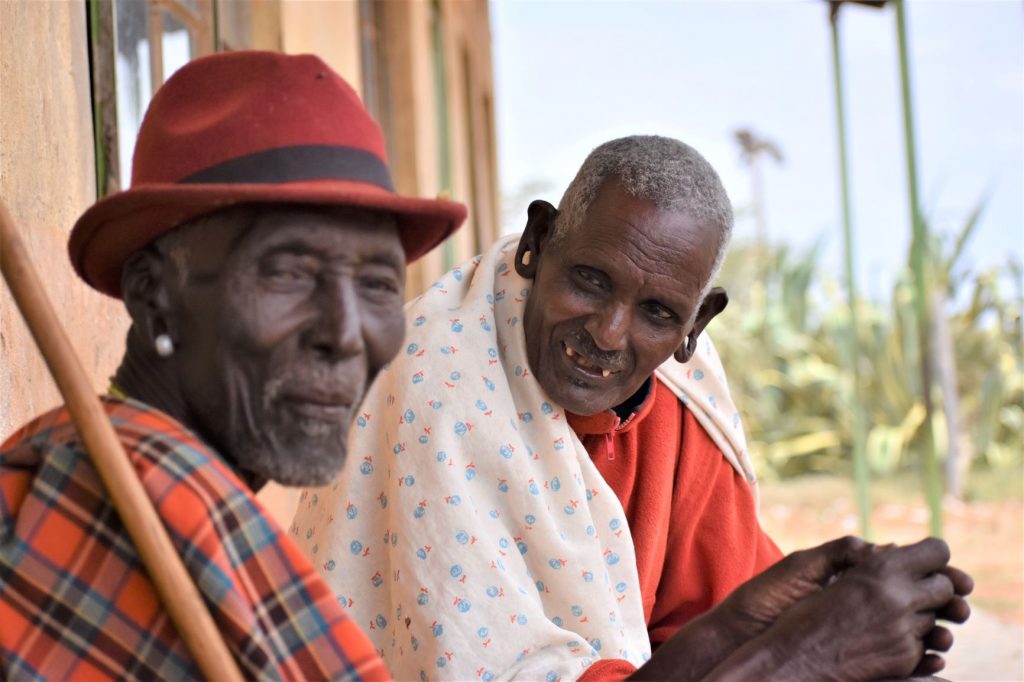
The Wazee (elders) were relaxed and even recalled the days before the conflict. When listening to these conversations and asking many of the elders myself, I found that remembering the past and peaceful coexistence gave the elders a shared drive to resolve the conflict. Upon my arrival to Ngilai, Mzee Jeremiah (a Samburu elder from the host village of Ngilai) sat with me and recalled how before 25 years of conflict he would frequently meet with his friends from the Turkana community, confessing that he knows “the Turkana language far better than the Swahili language”.
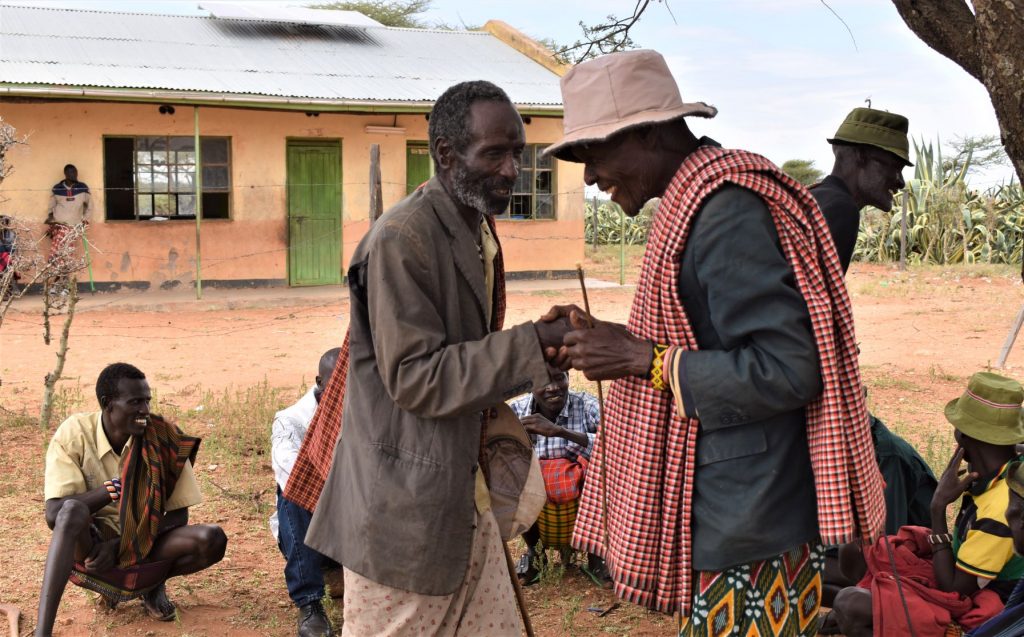
Such sentiments among the older men were omnipresent. They missed their old friends and the relations of the past. Mzee Edaan Kuniya, a Turkana elder from Nachola village, was inspired by the meeting of children in his village the previous week, “now let us go and see the others… and tell them what has happened here”. Such inspiration contrasts with the fact that, in Mzee Kuniya’s words, “since we have started fighting, we have never seen each other”.
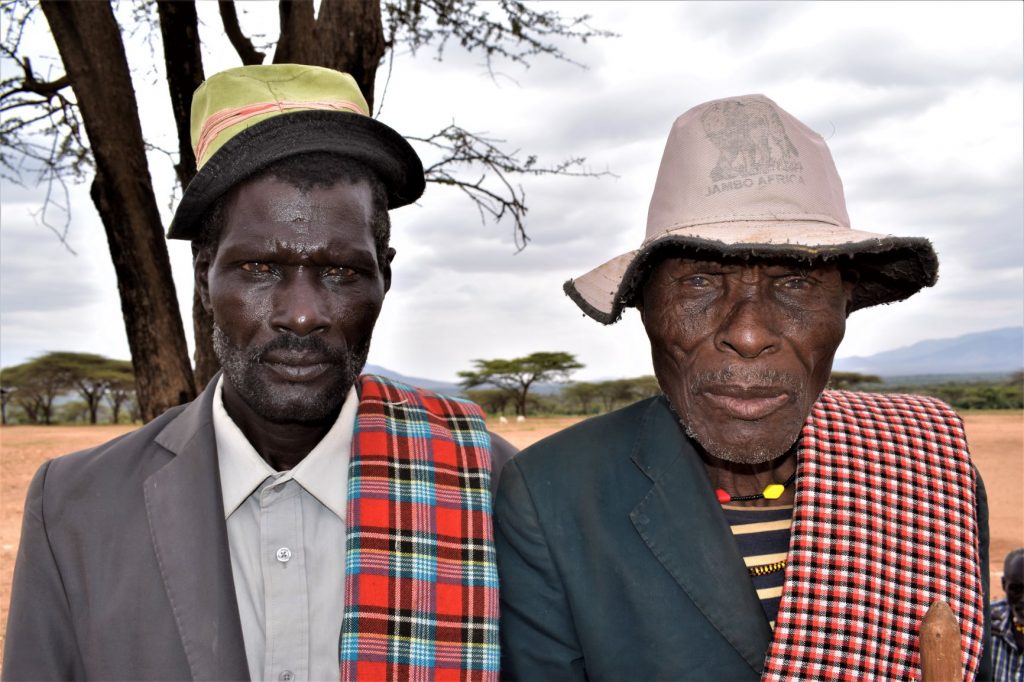
After the meeting of Wazee in Ngilai, we ventured to Lenkima for the meeting of the Morans. It soon became apparent that fewer Morans arrived from the Samburu community than anticipated. As explained by numerous elders, the Morans, being young men who were raised during the conflict, lack the elders’ contextual understanding of the conflict and do not have a memory of the past. Accordingly, fear of reprisal violence may have prevented more warriors from the Samburu side from attending.
The Morans were called to the meeting. They circled around the largest tree in front of the primary school and pulled up benches. In contrast with the meeting of the Wazee, a translator was completely necessary. Not only were many of the Morans unable to understand Swahili, they were unable to converse in the other community’s language.
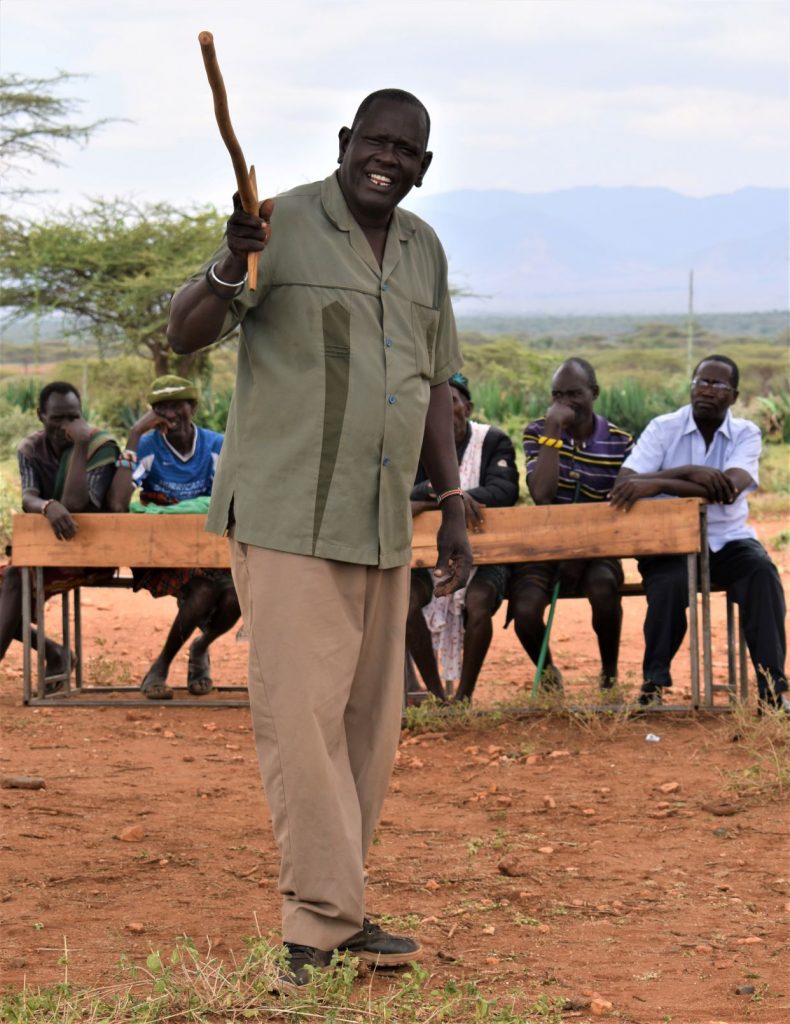
The first hour of the meeting was slow, being led by CPI Kenya staff and a few elders that were inspired to participate. One of those elders was Chief Leparoiya, the Chief of Ngilai village (a Samburu community). His story is well known among the people of his community. While having two young boys from a Turkana community assist him in patching up his roof, he lost two of his sons and over 300 heads of cattle in a raid. In the midst of such a tragedy, he hid the boys in his house and away from the community, fearing reprisal attacks on the young men. Now, he stood in front of many Turkana Morans preaching a gospel of peace (some of whom likely knew who had killed his sons).
In the presence of such commitment to peace, one Samburu Moran from Bendera village bravely stood up to talk to the group. With his walking stick probing out his path and shirt ruffling in the warm wind, he announced his name as Leaturu. The Moran from Bendera started his speech quickly and directly, stating that “we [Samburu Morans] have never come to Lenkima by day, and we’ve never come without a gun”. Despite the gravity of such a statement, the entire group laughed.
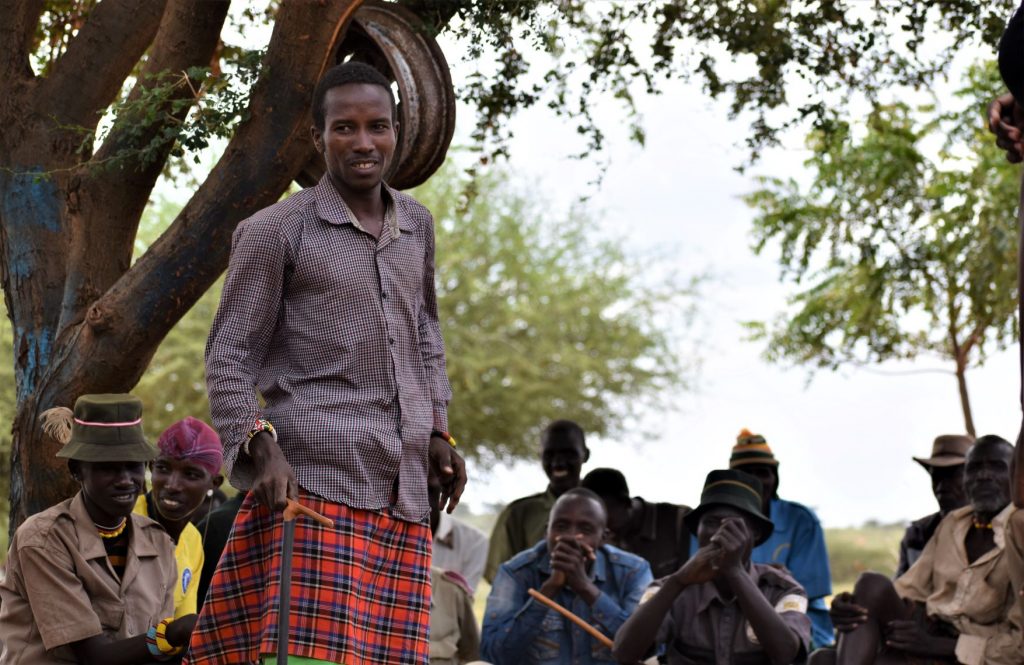
The meeting continued for hours. As more young Morans stood up to talk about the conflict and their understanding of peace, a sense of comradery soon became apparent. They were all raised to be warriors under similar values but for opposing sides. While friendship will be a slow process of building trust, these young men now stand to resist incitements for conflict and are following the path that school children have already created.
To support the elders, warriors and children who are searching for peace, please visit the Children Peace Initiative Kenya website and donate to the ongoing Zivik supported program in Baragoi.
Posted By Benjamin Johnson (Kenya)
Posted Aug 19th, 2019


1 Comment
Sam Nass
August 19, 2019
Really good blog as always. The way you describe it, it seems like many people (in every generation) are hungry for peace, but those who have participated directly in the conflict are wary to trust, which is understandable. What I find most impressive is that the elders, who witnessed the start of the violence and possibly lost the most, are also the most eager to make amends. I like how you mention that this is because they are more aware of the larger context, but it still must take a very forgiving person to be willing to reach out to the opposing communities.